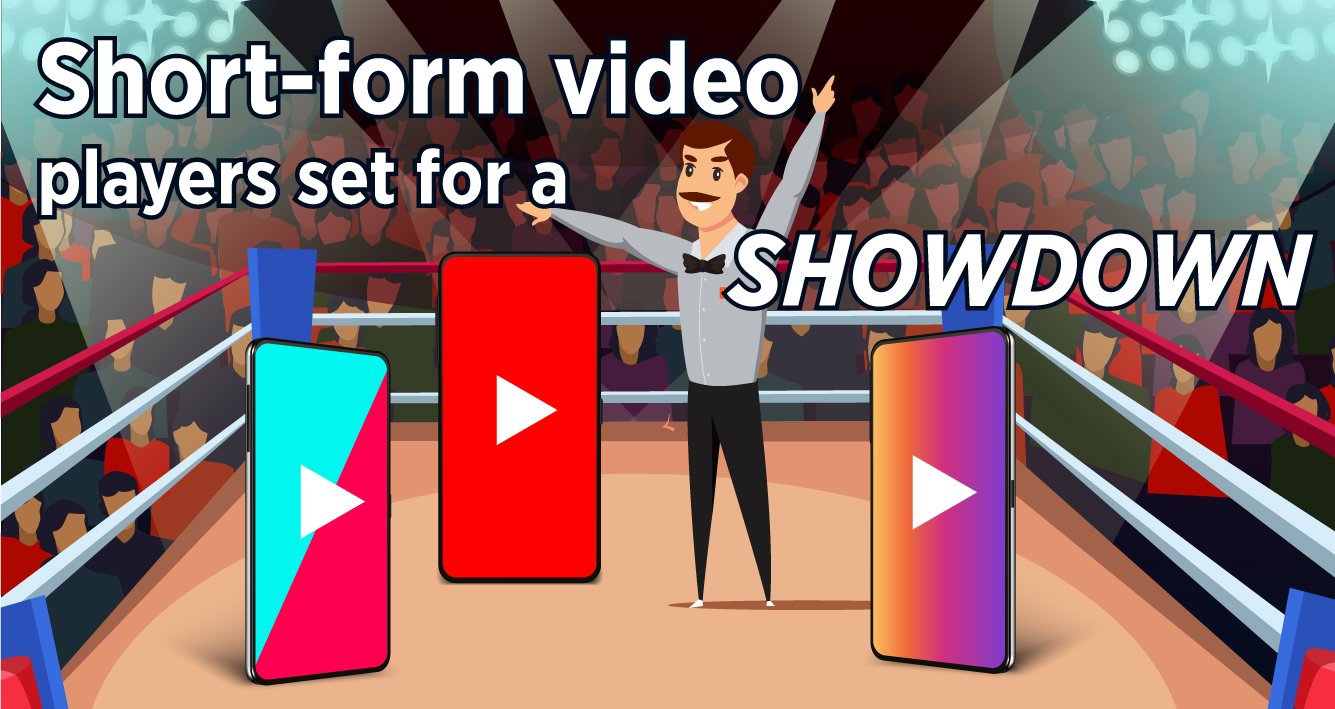Today we ask, “Right, what about international”?
Honestly, don’t even think about skipping this post. Long because: worth it.
With schools now publishing their actual fall 2020 international enrollment numbers, the proof is in the pudding for many.
Recent survey data offered up by Inside Higher Ed tell us fewer institutions are planning to recruit international students this cycle. While they might rightfully point to the market turmoil, travel restrictions and the like, the underlying concern for many, from our point of view, is a lack of confidence in what the institution has to offer.
So, where is the opportunity for international? The good news: student desire springs eternal. Below we consider recent SEVIS data and data on India, Nepal and China that point the way forward.
Speaking of the way forward, ever notice that those who anticipate opportunity and plan for it are in a vastly better position to capitalize? The opposite is also true. Fear of the future and planning for scarcity perpetuate the same.
To put it simply, you can’t harvest crops if you don’t plant seeds.
And yet, this perspective shared by an SIO of an important US public university in one of our recent email exchanges: Public universities always have their speed set to “caution”. When universities deal with a complex or unprecedented situation, they switch gears to “Halt”. If they are scared, they engage the public university turbo, a button that reads “Ignore”.
This scenario gives the proactive the opportunity to take tremendous leaps forward. So few take this opportunity.
The past two posts in this three-part series largely focused on the data that points to opportunities for domestic student enrollment growth and what to do next. Now, in Part 3, we speak to yet another student segment everyone is scratching their heads about.
Coming next week, more discussion about the latest research on Gen Z and their preferences to help reduce the head scratching about domestic student enrollment plans. Stay tuned for that.
Now, Part 3, what can we offer to international students to overcome the obstacles to enrollment?
The reality: managing international enrollment in the near term is going to be an uphill climb, especially if your institution was slow to develop a robust and flexible remote learning pathway for students throughout the spring and summer. Your plans now (seed planting) will set you up for future harvests as international students continue to seek education and adventure. They won’t be stopped, even if they are slowed. Know that we’re just a call away if you want help making those plans data driven and successful.
Note: if you’re still struggling with the faculty and student processes and fostering engagement, read our earlier post on global turnkey campuses for a clear path to flexible opportunities. Take steps to salvage the spring enrollment numbers within the next few weeks. We have a plan and examples from the 8 universities that innovated and are now reaping the benefits.
Read on as we dive into the latest international student data and what it means for your 2021 enrollment marketing strategy and beyond.
Read More




.jpg)

.jpg)




